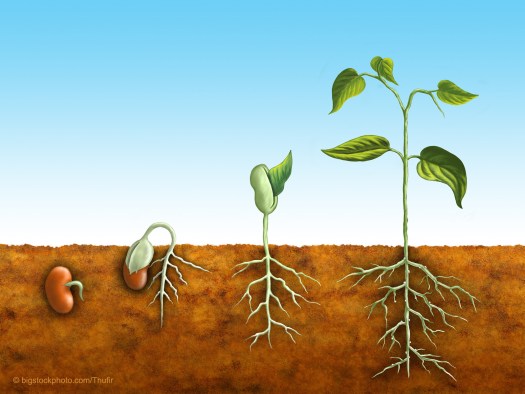
I am writing this article near Redding, California. We have been involved in lectureships in California during this month of August 2018. The fires that are burning in this state have been a constant source of inconvenience for us. They are a major tragedy for people here who have lost homes, businesses, and health. Smoke makes travel difficult, but for people with respiratory problems, the smoke can be lethal. Over and over we have heard references to “why did God do this to us” or in other cases “thank God for…” While we understand the emotions that go with all that is happening, we need to stop blaming California wildfires on God.
While working in California, we are blessed to be with Keith Crummer. Keith has been an ecosystem manager and forest management expert in California for over 30 years. He has degrees in forest management from the University of California at Berkeley and from Oregon State. As we discussed the incredible damage of this current series of fires, Crummer just shook his head in sadness. He told us that what is happening in California was caused by human ignorance and mismanagement.
One fact that astounded me is that there are more trees in the United States now than have ever existed in the history of this area. Before the white man arrived on the scene, trees grew and died just as they do today. When the biomass accumulated on the forest floor, small fires set by lightning or by spontaneous combustion eliminated it. Those fires wiped out small trees and allowed grasses to flourish which in turn supported deer, elk, and other mammals. That made the forest less dense. While fires existed, they were small fires that ran out of fuel very quickly.
Then humans moved in and stopped the fires and allowed vast amounts of biomass to accumulate on the forest floor. The trees became so dense that grass could not grow. Crummer said that scientists know that managing the forest involves harvesting the material that falls to the forest floor, thinning the trees, and using the energy that is available from them. This would eliminate the potential for uncontrolled burning because massive amounts of fuel would not be available. It would also allow animals like deer and elk to proliferate. The current fire catastrophe is 100% due to the mismanagement of the environment by people who thought they were doing the right thing by eliminating fires and refusing to allow cutting down trees or removing brush.
In the Genesis account, God told the first humans to “…fill the earth and subdue it, and have dominion over the fish of the sea and over the birds of heaven and over every living thing that moves on the earth” ( Genesis 1:28-30). “The Lord God took man and put him in the garden to work it and keep it…” (Genesis 2:15-16).
God did not tell them to merely preserve the creation. The creation is a living, changing, dynamic entity. It is our job to facilitate the changing Earth. Working and keeping the Earth means to control those things that would destroy what God created including the animals that live on it. We need to stop blaming California wildfires on God. After the fires in Yellowstone National Park, the elk and deer populations returned to levels close to what they were before humans arrived. If we had done what God commanded in Genesis and worked the forests of the western states, the fires today would not be spreading as they are.
So God did not “do it” to those who lost homes. We understand the anguish and desperation that our friends have experienced, but instead of blaming California wildfires on God we need to realize that politicians and bureaucrats have mismanaged the wonderful resources God has given us. Environmental extremists need to understand more fully what must be done to preserve and protect the environment for the benefit of future generations. Followers of Jesus Christ need to let those who are suffering know that we want to help them. God is not the cause of their burden, but He wants to send His people to love and support those who are suffering.
–John N. Clayton © 2018










